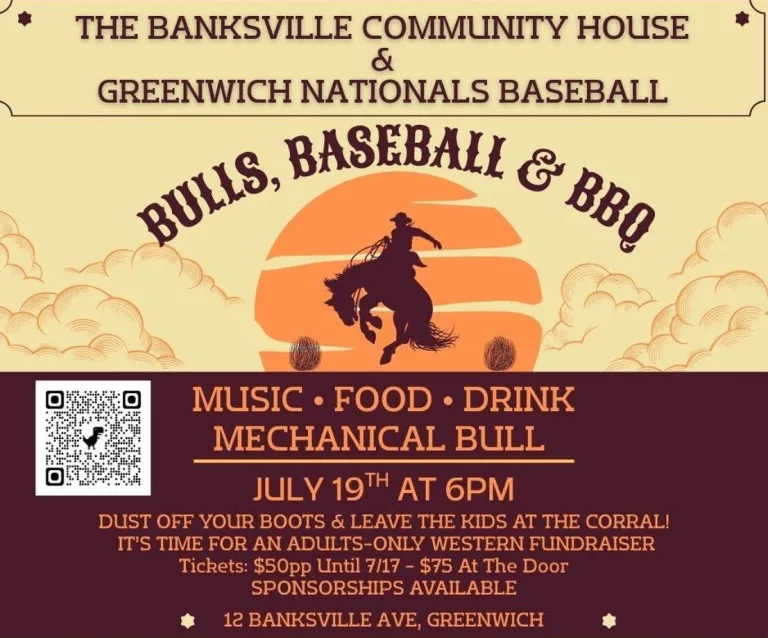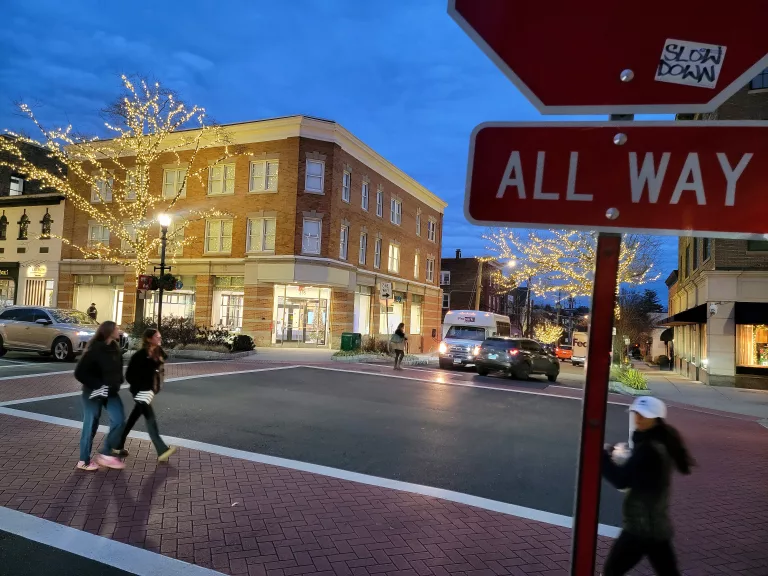
By Mark Pruner
1.Online services: Zillow vs. Trulia vs. Realtor.com. This is the golden age for buyer’s information on houses. Before the Internet, buyers had the newspaper and agents had a book with one picture and a limited set of stats on each house. Now, we still have the newspaper you’re reading right now of course, but we also have hundreds of real estate information aggregators and agency websites exist with extensive information on every property in town, whether it’s listed or not.
The big three real estate websites, Zillow, Trulia and Realtor.com, have lots of information. When I ask buyers at open houses which site they used, Zillow has the plurality of votes. However, Realtor.com gets its feed directly from the Greenwich MLS, as much as a day before the other sites, and so has the most current information.
2. Square footage and price per square foot. On the big real estate websites, the square footage and the price per square foot are prominently featured. You should take these numbers with a grain of salt. In Greenwich, most of the square footages come from the tax assessor’s office. The tax assessor does not count most basements in the square footage if they are buried. They are counted if the basement is a walkout basement, as you would find on a hill. The result is that two identical houses will have different square footages and there is no quick way to determine that.
The one area where the basement is almost always included is new construction, where the square footage is determined by the architect. As a result, the price per square foot can also be drastically different depending on what is included in the base square footage. The best thing to do is to go look at the house and decide for yourself if it has enough space for your needs.
3. Photos and bird’s-eye views. Online photos are very helpful in determining whether a house is for you or not, but they are inherently deceptive. The photos don’t show how the rooms are laid out and they don’t show defects very well. Many a buyer has been disappointed when they get to the house. On the flipside, a few agents take their own photos with a cell phone, and any house is going to look far less than its best when these amateurish photos are used. Once again, go see the house.
One feature that is very useful is the bird’s eye view where the aerial photo is taken at a 45-degree angle. Bing.com’s bird’s-eye photos are very helpful to get a feel for the house and the neighborhood. Google Earth is also helpful, but I find its method of creating a 3D image can distort the view.
4. Zestimates and walkability. Several sites will give their estimate of the sales price of a house, with the most famous one being Zillow’s Zestimate. I have two words for these estimates: ignore them! In Greenwich, with micro-neighborhoods, square footage variations, wetlands and dozens of other factors that can change the value of the house, these estimates are more than worthless; they are deceiving. People end up not seeing houses they would otherwise buy.
Another similar number is walkability. We are actually seeing some of the effect of this as houses close to town get higher walkability ratings and more attention. In Greenwich, just about everyone drives, so walkability is another factor that can distract you from finding the right house.
5. Neighborhoods and open houses. Buyers starting out focused on houses when they should be focusing on neighborhoods. Take a weekend and go to a bunch of open houses in your price range, whether you like the house or not. Focus on the neighborhoods and whether it is an area you want to live.
Once you find the right neighborhood, finding the right house is a lot easier. If you go to open houses for three or four weekends, you can get a good feel of value, so you can spot a bargain when it comes on the market. The Sentinel has a weekly open house list and I email my open house list and interactive map to dozens of buyers each week. Just email at mark@greenwichstreets.com, and I’ll add you to the list.
6. Going directly to the selling agent. Some buyers contact listing agents directly instead of engaging an agent on their behalf. This is not recommended. The buying process is so complex that to not have an agent looking out for your interests can be a big problem. Having a buyer’s agent will not cost you anything, since the seller pays the commission to the listing agent, who then splits it with the buyer’s broker.
Some buyers think that by going to the listing agent, the seller’s agent will agree to a lower commission, and this will then be reflected in a lower purchase price. Sometimes that works, but often it doesn’t. I have represented both sides and many agents do this, but having your own agent is very useful and can save you much more than you might get in a cut-rate commission.
7. Environmental issues and inspections. Some people are very concerned about environmental issues such as leaking oil tanks, asbestos insulation, radon in the air and mold. Everyone has to make their own decisions as to what they are comfortable with, but when it comes to value, oil tanks are the big issue. If an oil tank has leaked for years, the cost of clean up can be large, $30,000 to $50,000 or more. If there is a chance that there might be an underground tank, the buyer should check and a seller should remove it.
Asbestos can also be an issue if it has become airborne from old insulation and the wrapper has broken down. If that is the case, clean up can be expensive. If, however, as often happens, the insulation is in good shape, you just wrap it or have it removed; either option is not that expensive.
Radon and mold are two issues that are also relatively easy to treat if they are present. Radon is a gas that is heavier than air and accumulates very slowly. A relatively inexpensive fan system can remove it.
Mold is a much bigger issue in other parts of the country. Unless you have a particular allergy to a particular type of mold, most buyers don’t test for mold. Part of the reason is that as the Connecticut Department of Consumer Protection has pointed out that every house will test positive for mold; leave a slice of bread out and it will get moldy. If mold is found, some remediation and dehumidification can often take care of it.
With all of these environmental issues, your first line of defense is your building inspector, who can discuss with you whether a specialist needs to be called.
Mark Pruner was the #1 Connecticut agent for Douglas Elliman in 2015; mark.pruner@elliman.com, 203-969-7900.





